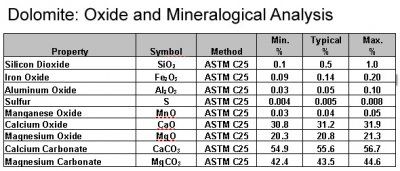In fact properties of ceramics and glass can be tailored to specific applications by modifying composition including creating composite materials with metals and polymers and by changing processing parameters.
Properties of traditional ceramics.
Traditional ceramics are bio inert with inherent properties of high hardness and high compressive strengths coupled with low coefficients of friction which make them suitable for hard tissue and joint repairs 93.
Bricks pottery glass porcelain tiles cement and concrete are our classic time tested ceramics.
Ceramics usually withstand high temperature but it has poor mechanical properties.
Although they all have different uses we can still think of them as general purpose materials.
Ceramics play an important role in our day to day life.
Clay is one of the most common ceramic raw materials.
It is used widely because it is found in great quantities naturally and it is easily formed.
Here we classify ceramics into five properties.
Traditional ceramics is used as a more general term representing all the more familiar ceramic products in domestic industrial and construction applications mclaren 1986.
This definition includes refractory products as well as spark plugs and thus covers certain of the oxide ceramics.
Toilets are a good example though the lid and seat are typically made of plastic or wood.
The table below provides a summary of the main properties of ceramics and glass.
These highly desirable properties of ceramics have as yet been largely disregarded due to the perceived low toughness and brittle failure demonstrated by traditional ceramic strength however recent developments have led to a new breed of ceramic materials displaying mechanical properties that were previously considered.
Development of ceramics helps to decrease the demand in industries.
Traditional ceramics are comprised of three basic components clay silica quartz and feldspar.









